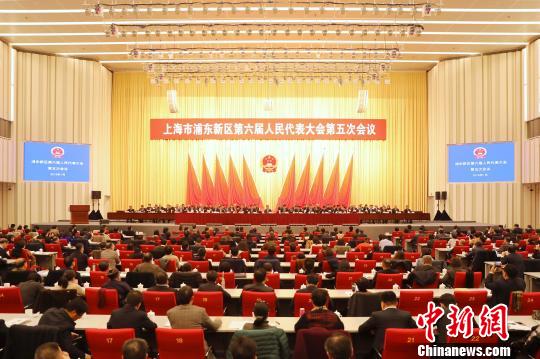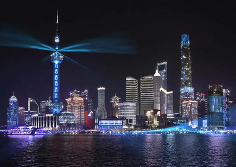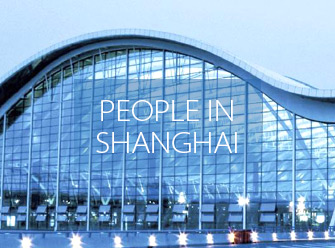Pudong reports robust economic performance in 2018

The fifth session of the sixth Pudong New Area People's Congress kicks off in Shanghai on Jan 9. [Photo/chinanews.com.cn]
Pudong New Area, a shining symbol of modern Shanghai, witnessed a robust economic performance last year, with its regional gross domestic product (GDP) forecast to record over 1 trillion yuan ($145.4 billion) - the first time the GDP has broken this key threshold, according to a government report released on Jan 9.
The district, which contributed roughly one-third to Shanghai's annual economic output in 2018, also experienced a large upsurge in total industrial output and foreign trade last year, with projected figures exceeding 1 trillion and 2 trillion yuan, respectively.
The area's overall fiscal revenue for last year is expected to hit 400 billion yuan.
Back in 1990, the 1,210-square-kilometer Pudong achieved only 6 billion yuan in GDP at its initial phase of development and opening up. Twenty-eight years on, the district has made a huge leap forward in its development, with a 160 times increase in GDP growth, thanks to continuous economic restructuring, and technological innovation.
In 2018, Pudong made great strides in introducing favorable license policies in the Shanghai Free Trade Zone (FTZ), which is located in the district, to streamline administrative services for businesses and introduce foreign investment. Developing at an exponential rate, the manufacturing and service industries in particular have become to be increasingly seen as major players in the drive to accelerate the economic growth of the district.
Looking into the future, Pudong is eyeing a seven percent growth rate of its GDP while maintaining the size of industrial output beyond 1 trillion yuan and synchronizing the growth rate between people's disposable incomes and overall economic expansion.
Hang Yingwei, head of Pudong New Area, said that the district will continue to optimize its business environment, work on expanding the Shanghai FTZ and play a role in leading, radiating and driving the development of the Yangtze River Delta and its surrounding areas.
To further advance technological innovation, more efforts will be made this year to expand the following industries: free electron laser devices, integrated circuits, aviation, bio-pharmaceutical, new energy and intelligent network cars, and intelligent manufacturing, as well as the application of big data technology in the financial information and health care industries.
 Contact Us
Contact Us

 Brilliant light show to illuminate Huangpu River
Brilliant light show to illuminate Huangpu River Maple leaves paint splendid scenery in Pudong
Maple leaves paint splendid scenery in Pudong Appreciate alluring lotus blossoms in Pudong's Century Park
Appreciate alluring lotus blossoms in Pudong's Century Park New pedestrian street boosts Pudong's night economy
New pedestrian street boosts Pudong's night economy 


